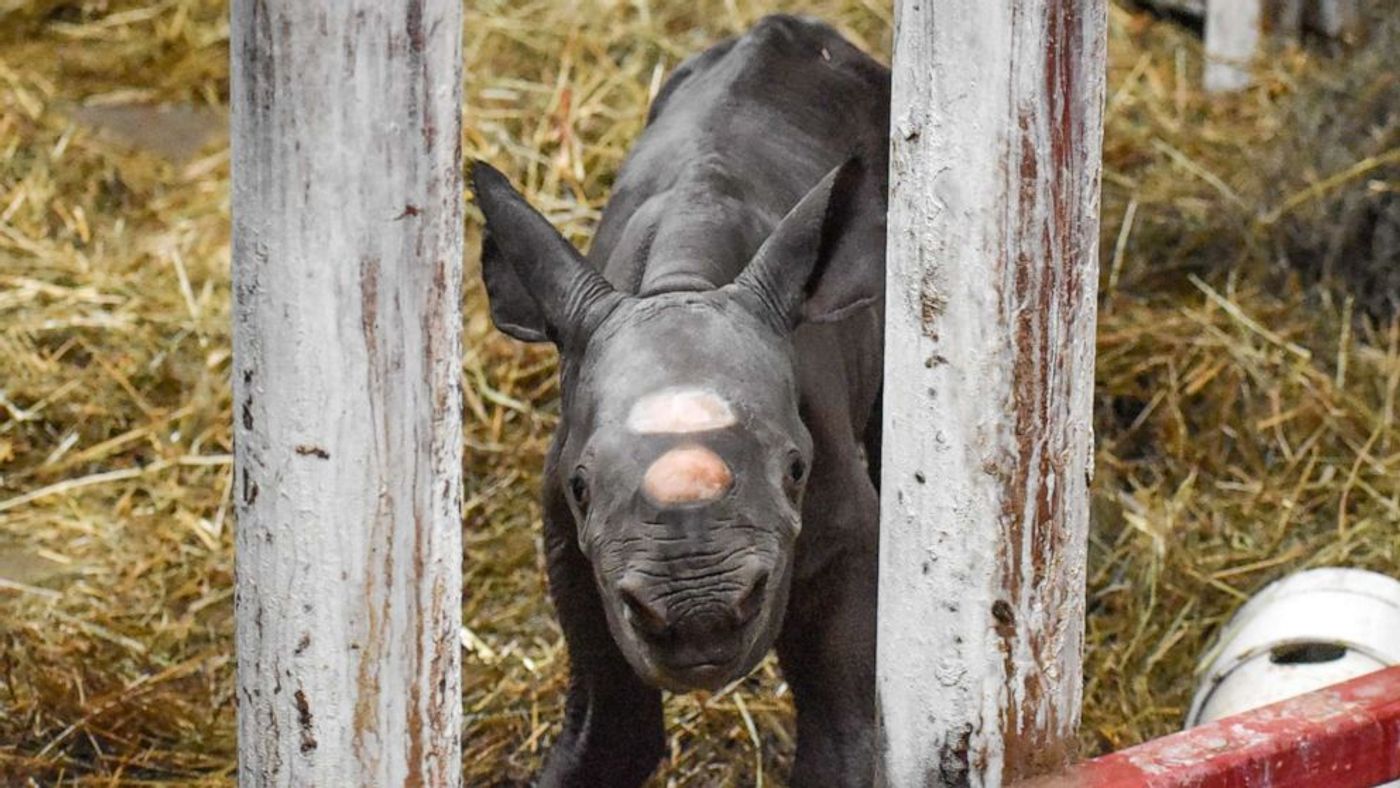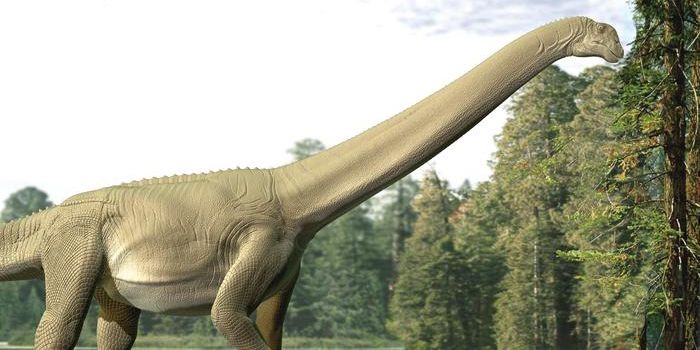Zoo in Michigan Sees Birth of Critically Endangered Black Rhino
Staff caring for a pregnant 12-year-old black rhino named Doppsee at Lansing, Michigan’s Potter Park Zoo had a lot to be excited about this past Christmas Eve. The first-time mother delivered a healthy newborn calf at approximately 5:40 A.M. Tuesday morning, and the youngling was already standing on its own four feet just over an hour later.
Image Credit: Potter Park Zoo
"This is a monumental moment for Potter Park Zoo that has taken our staff years of planning and hard work," Potter Park Zoo director Cynthia Wagner explained in response to the miraculous event. We are dedicated to conserving rhinos and couldn’t be more excited about this successful black rhino birth."
The newborn black rhino calf was classified as a male, but it has not yet been named at the time of this writing. Notably, he was the first black rhino calf ever born at Potter Park Zoo, and staff are hopeful that he won’t be the last.
Footage of the newborn black rhino can be seen below:
Related: Sana, the world's oldest captive white rhino, has died
Black rhinos are formally recognized as Critically Endangered on the International Union for Conservation of Nature (IUCN)’s Red List, and while conservationists originally thought that the future looked bleak for the humble species, things appear to be taking a turn for the best as breeding and conservation programs continue and population numbers gradually increase.
Black rhinos are endemic to the desert and shrubland regions of Central and South Africa, and conservationists estimate that there are about 5,000 of them remaining in the wild today. The animals’ numbers were driven down substantially in the 20th century, and modern-day animal poachers have only continued to threaten their well-being.
Several dozen black rhinos are living in captivity at zoos across the U.S. in which they partake in breeding programs much like the one seen here at Potter Park Zoo. While captive births are somewhat rare, they do help boost population numbers, and conservationists will take all the help they can get.
Related: Can scientists revive the Northern white rhino?
Doppsee and her newborn calf are just one small success story of many. Potter Park Zoo staff note that the Doppsee and her newborn will be hidden from park goers until the Spring due to the cold weather. In the meantime, the park will publish regular updates about the calf’s health and well-being via social media.
Source: ABC News, Potter Park Zoo, IUCN









